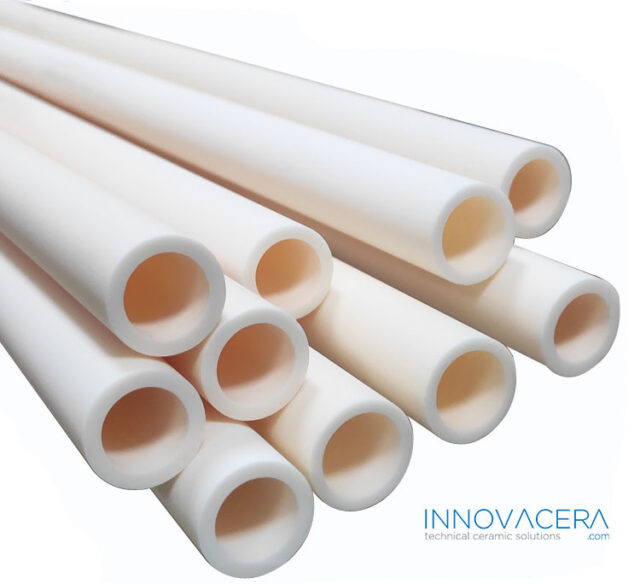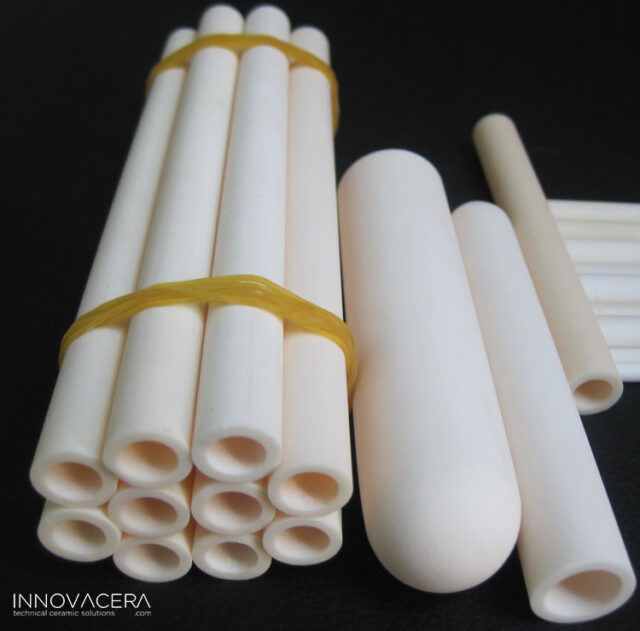How to use Alumina Ceramic Tubes for long-term use
Alumina ceramic is widely applied in the high-temperature industry because of its excellent resistance to high temperatures. It can withstand high temperatures up to 1800℃, in addition to its stable chemical properties, high mechanical strength, and electrical insulation. So Alumina ceramic tube is commonly used in high-temperature furnaces, thermocouples tubes, insulating tubes, and corona electrode’s square ceramic tubes. In this articles, we would like to discuss how to use alumina ceramic tubes at high temperatures to ensure optimal performance and longevity.

1. Proper handling and storage
Alumina tubes are brittle, avoid any sudden impacts or shakes to prevent breakage. During storage, it should be stored in a dry and clean environment to prevent contamination.
2. Preheating
When using alumina tubes, we should be preheated gradually, the heating rate should be controlled at 5 degrees per minute until it reaches the desired temperature, the slower the better.
3. Cleaning
Before using aluminum oxide tubes, it is important to clean them thoroughly to remove any impurities or residue. Any foreign matter on the surface of the tube may cause contamination or blockage during use. A combination of solvents, detergents, and/or acid solutions can be used to clean the tubes. After use, don’t leave some samples in the tube to avoid chemical reactions that may cause the alumina tube to crack.
4. Heating
When placing or removing the sample, do not exceed 150 degrees and move slowly from the edge to the center. Placing or removing samples at high temperatures is the main cause of alumina tube breakage. Do not touch the high temperature furnace tube with low temperature objects. Repeated thermal cycling can stress the aluminum oxide tubes, causing them to crack or even fail completely. So it is recommended to use the alumina tube at a steady temperature without any sudden changes.
5. Cool down
After use, it is important to cool the aluminum oxide tube slowly to avoid thermal shock. Rapid cooling can cause the tube to crack or even fail completely. It is recommended controlled at 5 degrees per minute until it reaches room temperature.

In conclusion, proper handling, preheating, cleaning, heating, and cooling are essential to ensure optimal performance and longevity of the tube.

Comments
Post a Comment